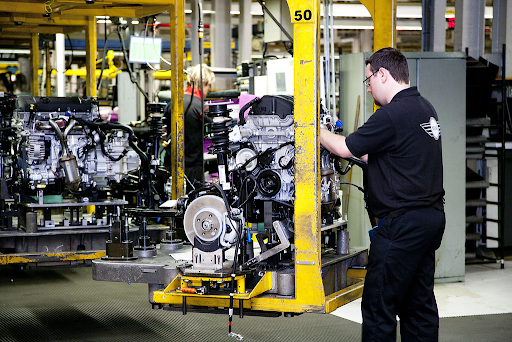
The automotive industry stands at the cusp of a technological revolution, spearheaded by the advances in 3D printing and injection molding. These technologies, while serving a common purpose of part fabrication, diverge significantly in their approach, capabilities, and the opportunities they present. This exploration into the realms of 3D printing and injection molding not only showcases their individual merits but delves into the transformative potential of 3D printing in creating more complex automotive parts than ever before achievable through traditional injection molding.
Both 3D printing and injection molding have etched significant marks on the automotive sector’s evolution. 3D printing, a symbol of modern manufacturing, offers unparalleled flexibility in design and customization. Injection molding, on the other hand, has been the backbone of mass production, known for its efficiency and capability to produce strong, durable parts.
The journey of these technologies in automotive manufacturing is a testament to innovation. From the inception of 3D printing in the 1980s to the adoption of injection molding decades earlier, both have evolved to meet the industry’s growing demands for speed, efficiency, and complexity.
What Is 3D Printing?
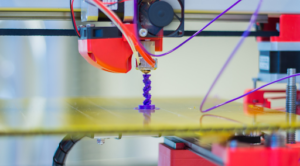
3D printing, or additive manufacturing, is revolutionizing automotive manufacturing with its ability to create complex geometries that were previously deemed impossible or too expensive to produce.
At its core, 3D printing builds objects layer by layer, allowing for the creation of intricate designs with a level of precision and customization that traditional methods cannot match.
Types of 3D Printing Technologies Used in Automotive Parts Manufacturing
Fused Deposition Modeling (FDM): Ideal for prototyping and functional parts.
Stereolithography (SLA): Known for high accuracy and smooth surface finishes.
Selective Laser Sintering (SLS): Offers strong, durable parts with complex geometries.
Advantages of 3D printing in automotive manufacturing
Customization: Tailored parts for specific needs.
Reduced Waste: Material is only used where needed.
Complex Geometries: Unmatched design freedom.
Understanding Injection Molding
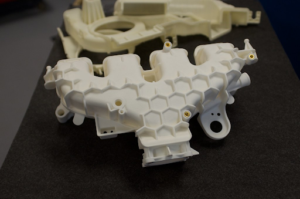
Injection molding’s precision and efficiency have made it a stalwart in automotive parts production, favored for its ability to churn out high volumes of Mass Production: Efficiently produces large volumes of custom injection molded parts.
This manufacturing process involves injecting molten material into a mold, where it cools and solidifies into the desired shape, a stark contrast to the additive nature of 3D printing.
Types of Materials Commonly Used in Injection Molding for Automotive Parts
ABS (Acrylonitrile Butadiene Styrene): Offers strength and durability.
Polypropylene: Known for its flexibility and resistance.
Polycarbonate: Provides transparency and high impact resistance.
Advantages of Injection Molding in Automotive Manufacturing
Mass Production: Efficiently produces large volumes of custom injection molded parts.
Strength and Durability: Parts are robust and long-lasting.
Cost-Effectiveness: Economical for high-volume production runs.
Can 3D Printing Create More Complex Automotive Parts Than Injection Molding?
The heart of this exploration lies in understanding the capabilities and limitations of 3D printing and injection molding in manufacturing complex automotive components.
Complexity in Design and Manufacturing
3D printing offers unparalleled design flexibility, breaking free from the constraints that bind injection molding. This section will delve into how 3D printing surpasses injection molding in producing complex designs, illustrated through real-world automotive case studies.
Material Diversity and Application
The range of materials compatible with 3D printing is ever-expanding, offering unique properties that traditional materials cannot. This diversity opens new avenues for automotive applications, from lightweight composites to high-strength alloys.
Examples of unique materials used in 3D printing for automotive applications include PEKK for high-temperature resistance and TPU for flexible components.
Precision and Tolerances
While injection molding is known for its precision, 3D printing technologies have made significant strides in achieving comparable tolerances and surface finishes.
Typical tolerance ranges for both technologies highlight the advancements in 3D printing precision, challenging the status quo of injection molding’s dominance.
How Does 3D Printing Complement Injection Molding in Automotive Parts Production?
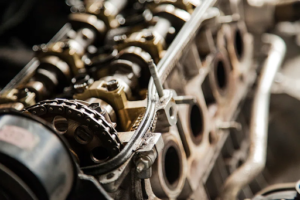
The synergy between 3D printing and injection molding heralds a new era in automotive industry , where the strengths of one complement the weaknesses of the other, leading to hybrid manufacturing approaches that leverage the best of both worlds.
What Are the Limitations and Challenges of 3D Printing in Automotive Manufacturing?
Despite its advantages, 3D printing faces hurdles in speed, cost, and material performance under various conditions, which are critical factors for its wider adoption in automotive manufacturing.
Future Trends in Automotive Manufacturing: 3D Printing and Beyond
The future of automotive manufacturing is bright, with 3D printing at its forefront. Innovations in material science, printing technologies, and sustainability efforts are set to redefine what’s possible, making automotive production more efficient, customizable, and environmentally friendly.
Advances in 3D Printing Technologies
The horizon of 3D printing technologies is expanding, promising new materials, increased printing speeds, and larger build volumes that could revolutionize automotive manufacturing.
Sustainability and Environmental Impact
3D printing offers a sustainable alternative to traditional manufacturing, with benefits such as reduced material waste and increased energy efficiency. The potential for recycling materials further underscores its environmental advantages.
Comparing Costs: 3D Printing vs. Injection Molding
The cost dynamics of producing automotive parts through 3D printing versus injection molding are multifaceted, influenced by factors such as production volume, material choice, and the complexity of parts. This analysis reveals where each technology holds the economic advantage.
Real-World Applications: Success Stories in Automotive Manufacturing
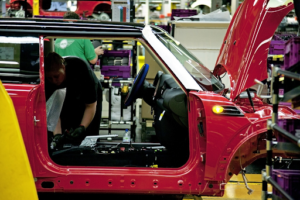
Innovative automotive companies are already reaping the benefits of integrating 3D printing into their production lines, from bespoke components to complex, lightweight structures, showcasing the practical applications and success stories in the industry.
Navigating the Challenges: Quality Control and Standardization
Ensuring the quality and reliability of 3D printed automotive parts is paramount, necessitating robust quality control measures and standardization efforts to establish trust and safety in 3D printed components.
Step-by-Step Guide: Implementing 3D Printing in Automotive Parts Manufacturing
Transitioning to 3D printing in automotive manufacturing involves careful planning, from initial design considerations to final quality checks. This guide outlines the workflow for integrating 3D printing into automotive parts production, ensuring a smooth transition from concept to road-ready components.
Conclusion
The exploration into the capabilities of 3D printing and injection molding in automotive manufacturing reveals a clear trajectory towards innovation and complexity. 3D printing, with its unparalleled flexibility and evolving material science, stands poised to redefine automotive part production, offering solutions to design challenges once thought insurmountable. As we look to the future, the fusion of these technologies heralds a new epoch in automotive manufacturing, where the only limit is the breadth of human ingenuity.

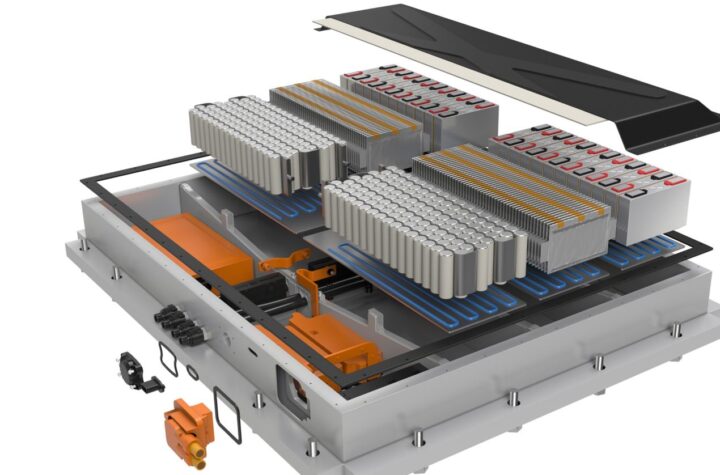

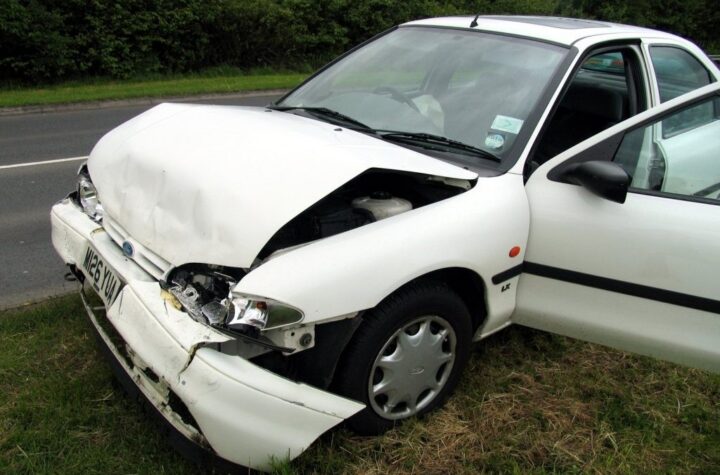

More Stories
DuPont materials science advances next generation of EV batteries at The Battery Show
How a Truck Driver Can Avoid Mistakes That Lead to Truck Accidents
Car Crash Types Explained: From Rear-End to Head-On Collisions